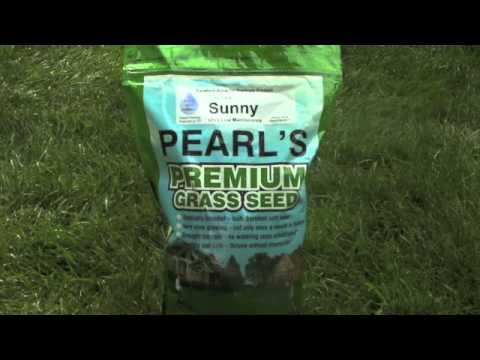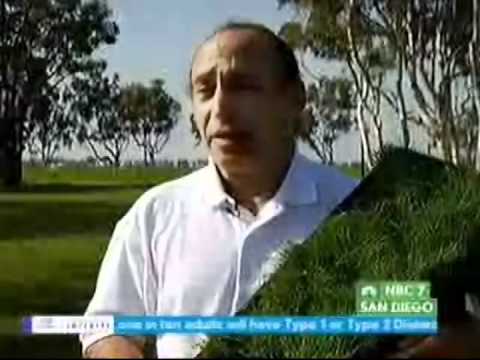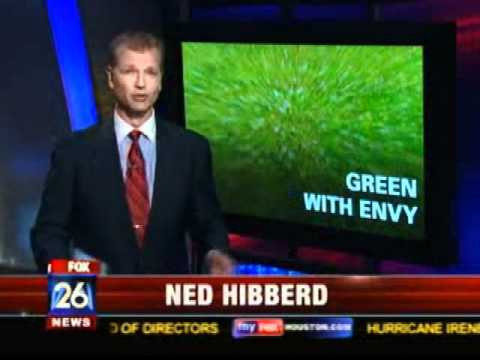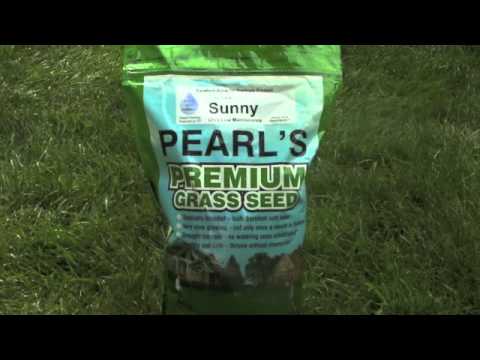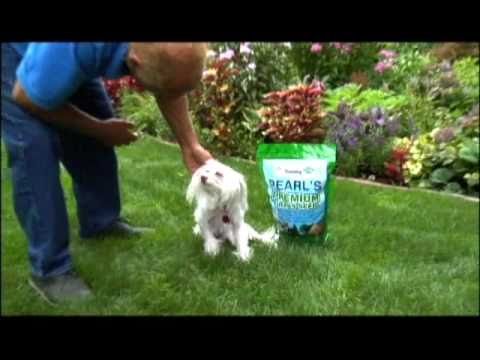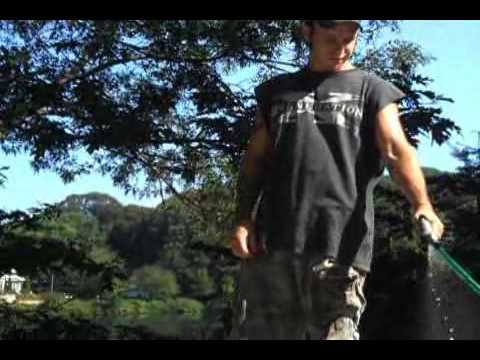Corp Magazine features Pearl's Premium ~ Green lawn tips cut business expenses
Making the transition to an organic lawn at your business is easy and will save a dramatic amount of money, time and water. It also helps to protect your health and drinking water, lessen lawn and pondweeds, and reduce global warming.
Replacing and maintaining America’s 100 million lawns with conventional seed costs $40 billion annually and uses 30-60 percent of the summer drinking water supply, according to the EPA. Water shortages lead to increased water prices for everyone, water bans and enforced conservation.
More than 100 million pounds of pesticides, herbicides, and lawn care chemical fertilizers are used each year in the quest for the “perfect” lawn. Up to 80 percent of these chemicals run off your lawn when it rains, and end up in your local pond. Additionally, these chemicals may end up in your drinking water. Over time, these chemicals get carried on shoes and air currents into our offices where they contaminate indoor air, rugs, and surfaces, exposing us to levels ten times higher than pre-application levels. Poisons are absorbed through the skin, by the mouth, or by breathing sprays, dusts or vapors.
Alternatively, an organic lawn without lawn care chemicals has none of these risks and can look great. Following are some of the simple steps to transitioning to the ultimate organic, lush, and healthy lawn without fertilizer and pesticides — a healthy lawn that takes far less water, time, and money.
- Cut high. 3-inch to 4-inch high grass has 6-inch roots that capture more of the rain and require far less water
- Sharpen your lawn mower blade regularly. A sharp blade cuts the grass and a dull blade tears the grass. Torn grass has three times the surface area and heals slowly to let disease in. This will make it go brown and look sickly.
- Top-spread a little pellet lime, once a year, to bring the soil into a neutral pH zone of between 6.5 and 7. Acid soil favors weeds; neutral pH soil favors healthy grass. Top-spread 40 pounds of lime for every 1,000 square feet.
- Leave the clippings if you use a mulching lawn mower to hold in moisture and return half the nutrients that your soil needs in a year.
- Optionally, use a rented core aerator once a year. This easy-to-use, self-propelled machine pulls out dirt plugs to let air and water get into the soil.
- Optionally, top spread a quarter-inch layer of organic compost once per year to lessen lawn weeds and grubs, add microbial activity to the soil, and promote worms in the soil that make air and water paths and leave behind their castings to fertilize the soil. The compost helps aerate the soil and provides a pH buffer to help keep your soil in a healthy pH range. The organic compost does not run off like chemical fertilizer to feed pondweeds. Leave a 6-foot wide no-compost “buffer zone” between your lawn and surface waters or your lawn and hard surfaces to help contain these safer nutrients.
- Of utmost importance, reseed or overseed with a deep-root, drought-tolerant seed mix that requires less water and maintenance. The best times of year to overseed are in May or September. Drought-tolerant seed mixes can develop up to 12-inch roots, seldom or never need watering after getting established, require minimal cutting in the summer, and stay green during a drought. Look for brands that seldom or never need watering and will develop a deep root system and do not have fungicides, herbicides, or other “…icides” type additives.
- A lawn that is aerated, with neutral pH, with a small amount of organic compost added, and cut high with a sharp blade, naturally has few weeds and grubs.
Your lawn is meant to be lush, green, and healthy, not a place for worry. In the end, this kind of organic lawn needs no chemical fertilizer to stay green, looks and smells better, saves dramatic amounts of money and time cutting, never or seldom needs water after getting established, stands up better to wear and tear, and is healthier for your family, pets, and the environment.
Jackson Madnick is an environmental scientist and an energy, water, and lawn care expert. He can be reached at Jackson@pearlspremium.com. He spent eight years in research and development of Pearl’s Premium Ultra Low Maintenance Lawn Seed. Madnick lives in a sustainable house that he is renovating to produce 95 percent of its heating, cooling and power from the sun and earth.




